Shane Phillips, 31, and his girlfriend Kassandra Fleury, 20, gave birth to an infant with special needs. Though covered by health insurance the young couple suddenly found themselves overwhelmed by astronomical medical bills they couldn’t pay.
“Our son Ryder was born with gastroschisis,” Phillips said. “That’s a condition where his small intestine is sticking out of the side of his body.”
With good prenatal care a routine ultrasound discovered a small tear in Ryder’s umbilical cord five months into gestation. A biophysical profile revealed his distended intestine protruding through the opening. Insured through Group Health Cooperative under her mother’s policy Kassandra was hospitalized two weeks in advance of her due date. Despite his serious condition Ryder was getting the care he needed for a successful delivery.
“But when he was born we went to all three hospitals in Madison within 48 hours,” Phillips said. “And with all that going on I got the first bill for something like $180,000.”
To put it mildly, access to quality health care is complicated. The intricate details of insurance coverage can often pose an impenetrable barrier between patients and the medical treatments they need to survive. Even those who currently have insurance can find it nearly impossible to effectively navigate their way through the convoluted system of benefits to which they are entitled.
Some in our community forgo seeking timely medical care out fear of their inability to pay. While others incur expenses out of pocket that would otherwise have been covered by insurance. But in Madison a non-profit public interest law firm called ABC For Health works to simplify the claims process. With services available to ailing state residents at all levels of income, the group provides free benefits counseling, a kind of check up, that eases navigation through the system, facilitates the delivery of care and speeds healing.
[caption id="attachment_3524" align="alignleft" width="419" caption="ABC for Health attorney Bobby Peterson"]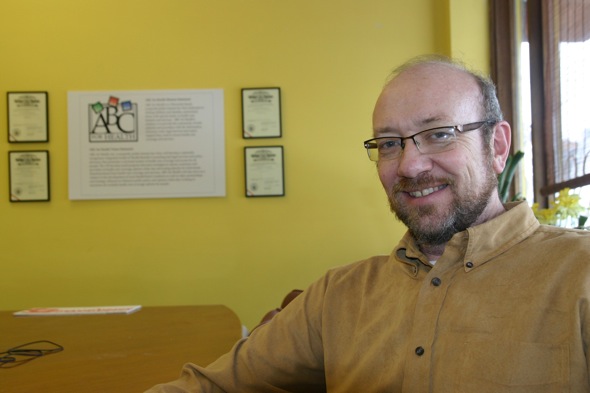 [/caption]
[/caption]
 [/caption]
[/caption]



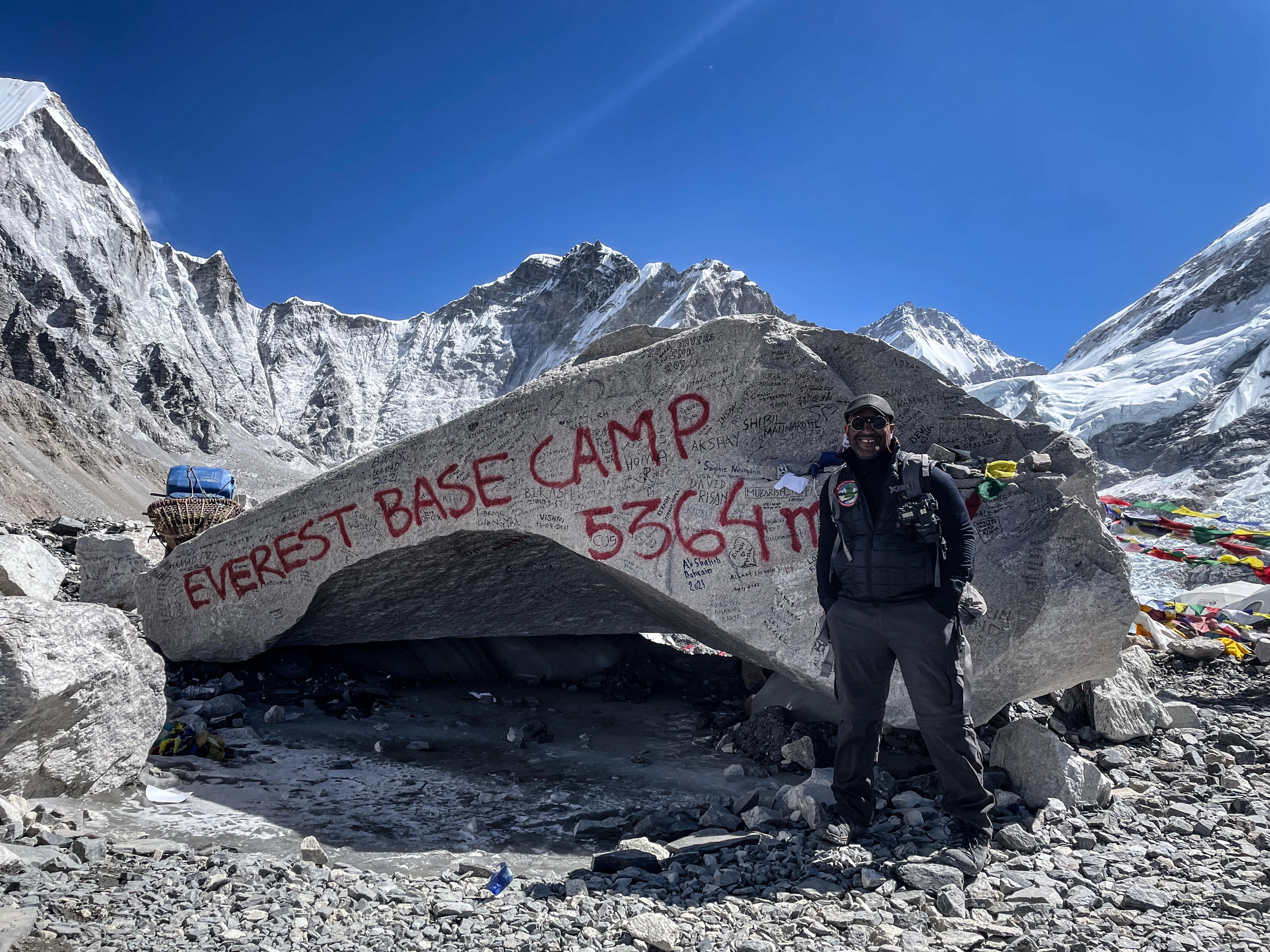

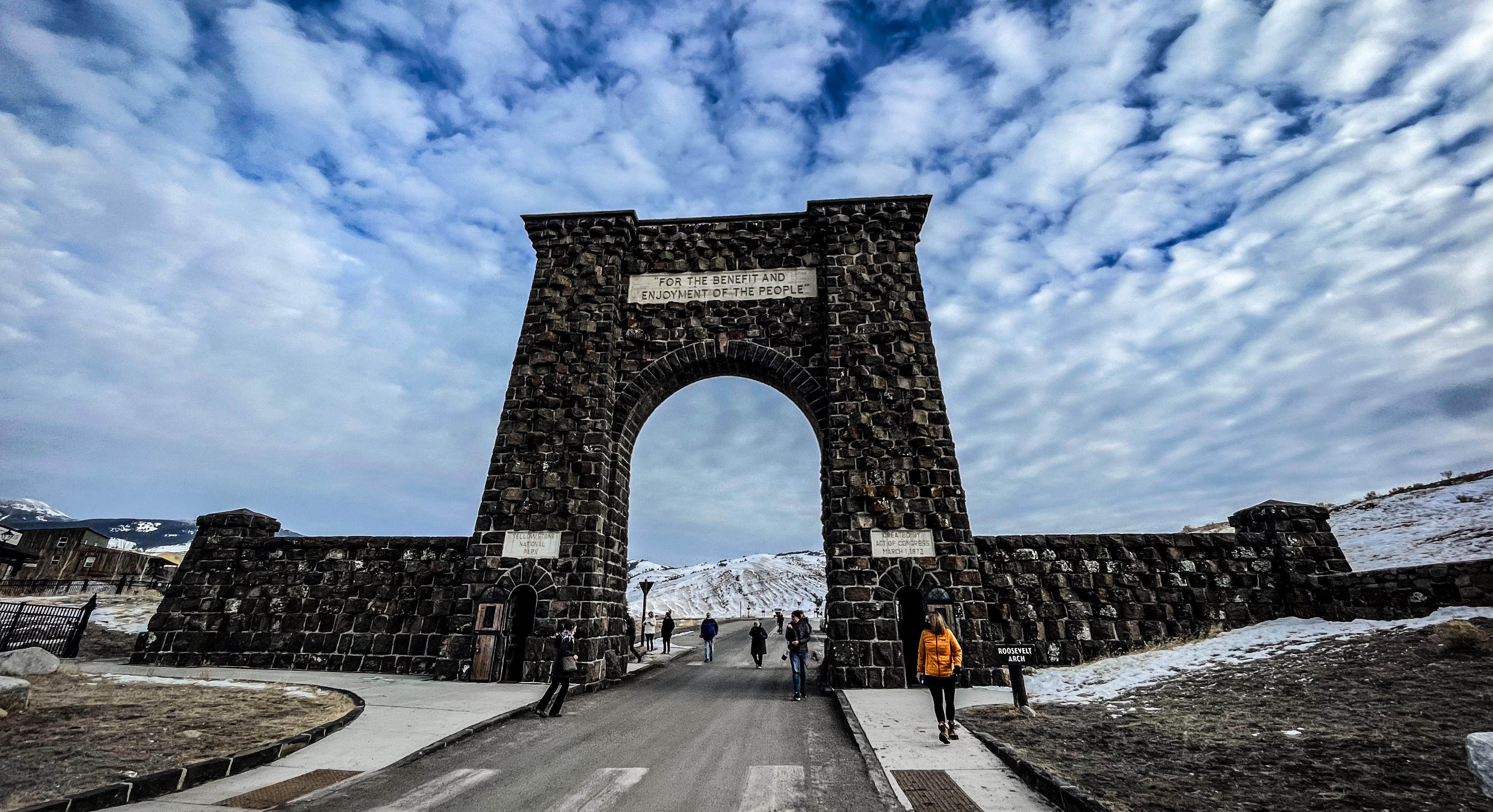
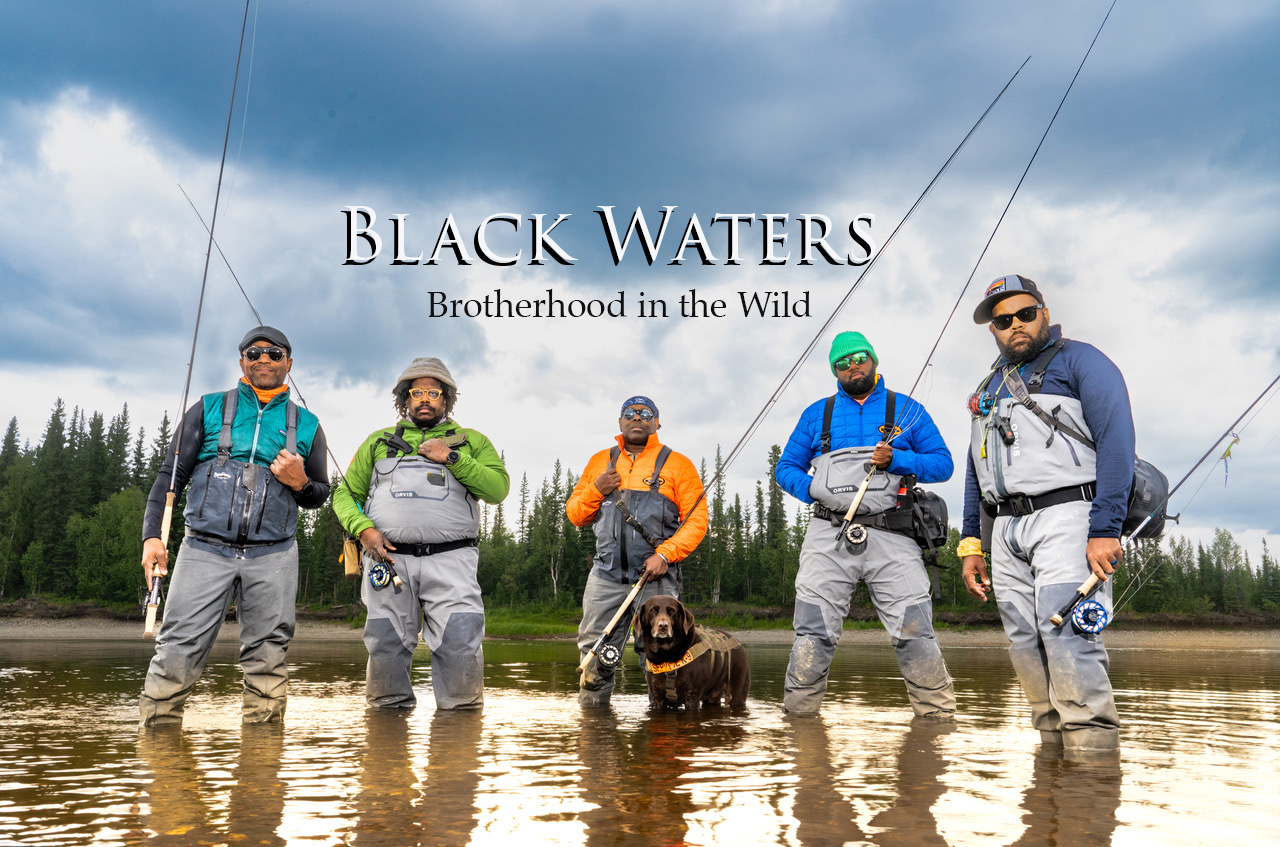
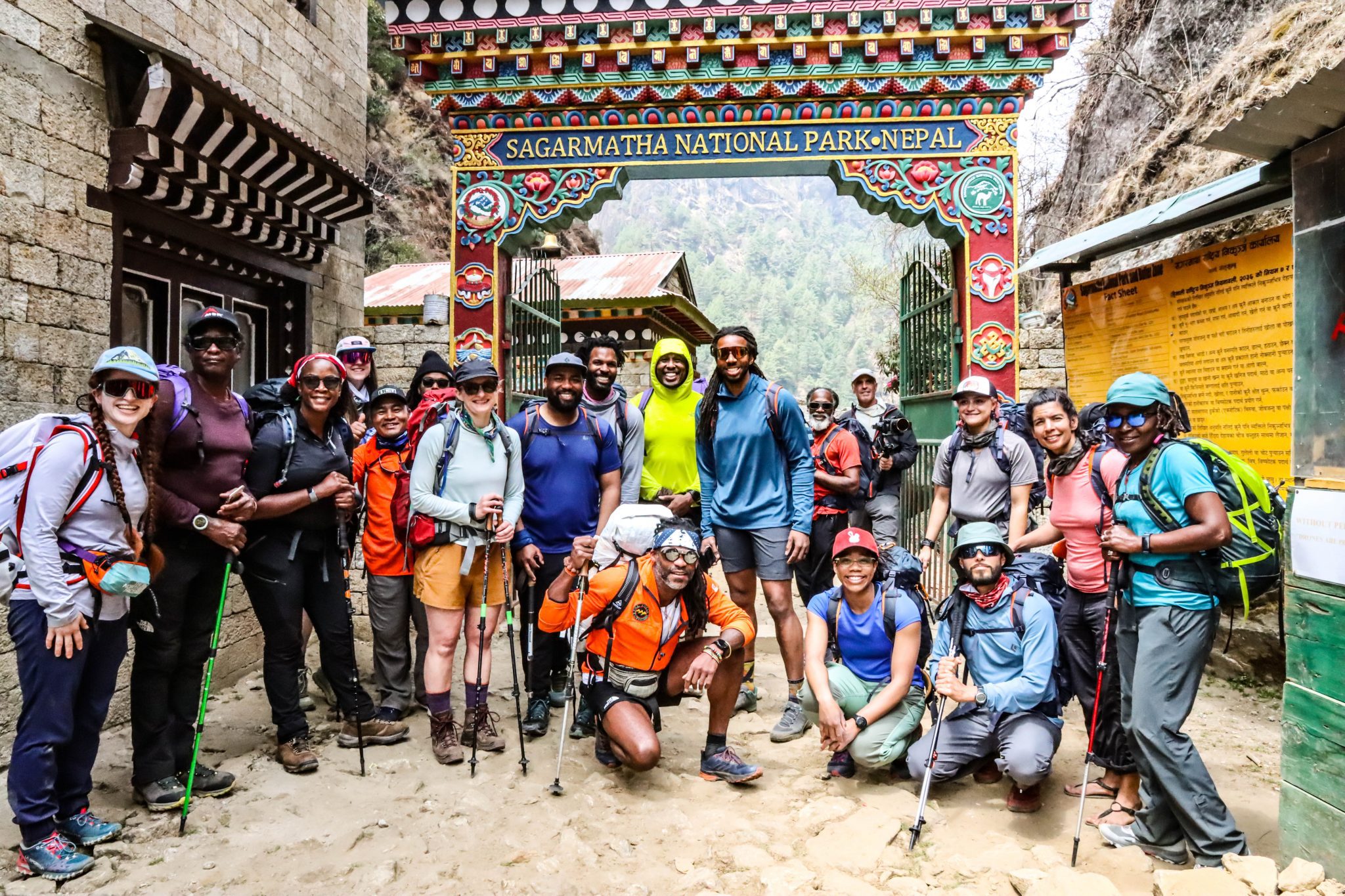
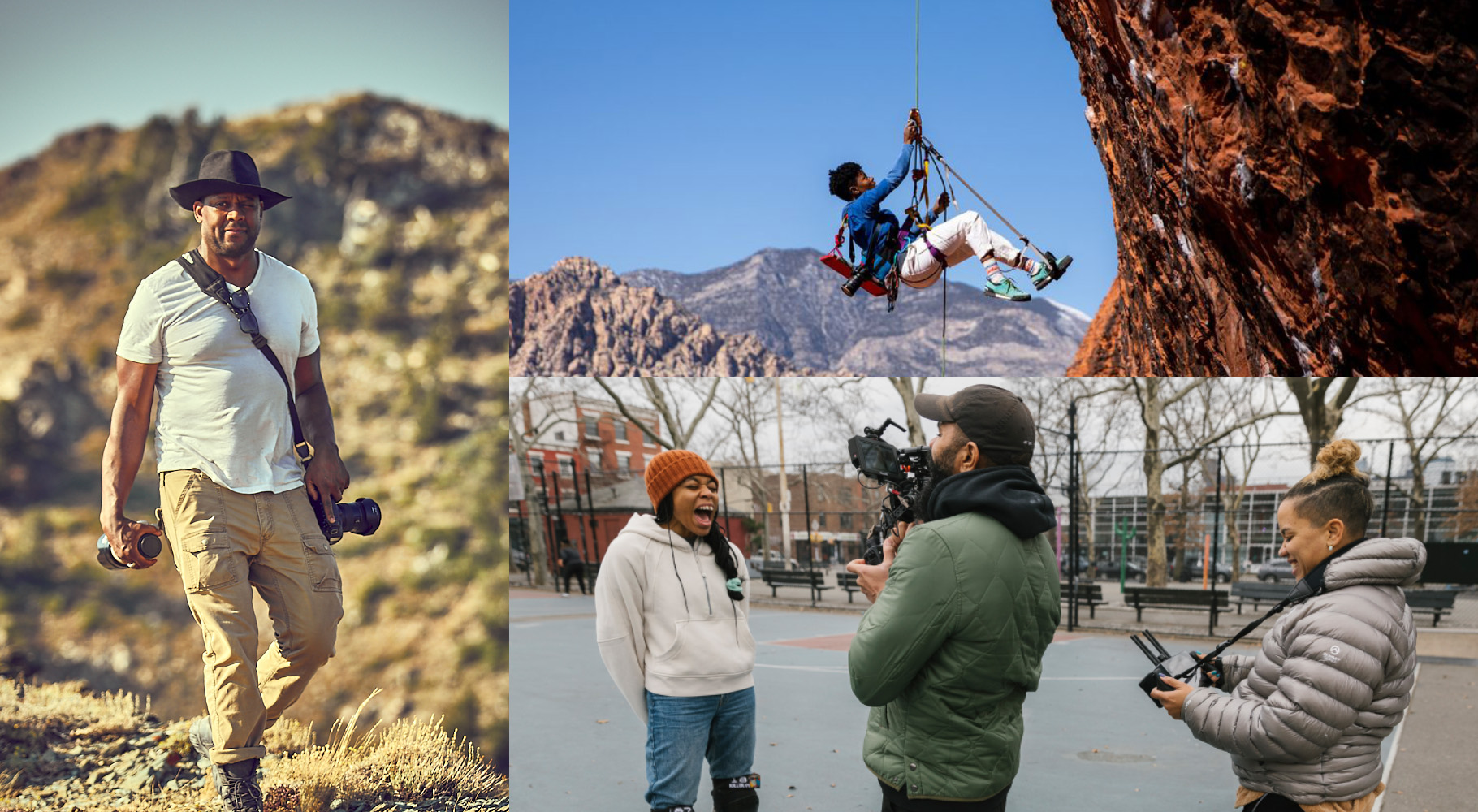
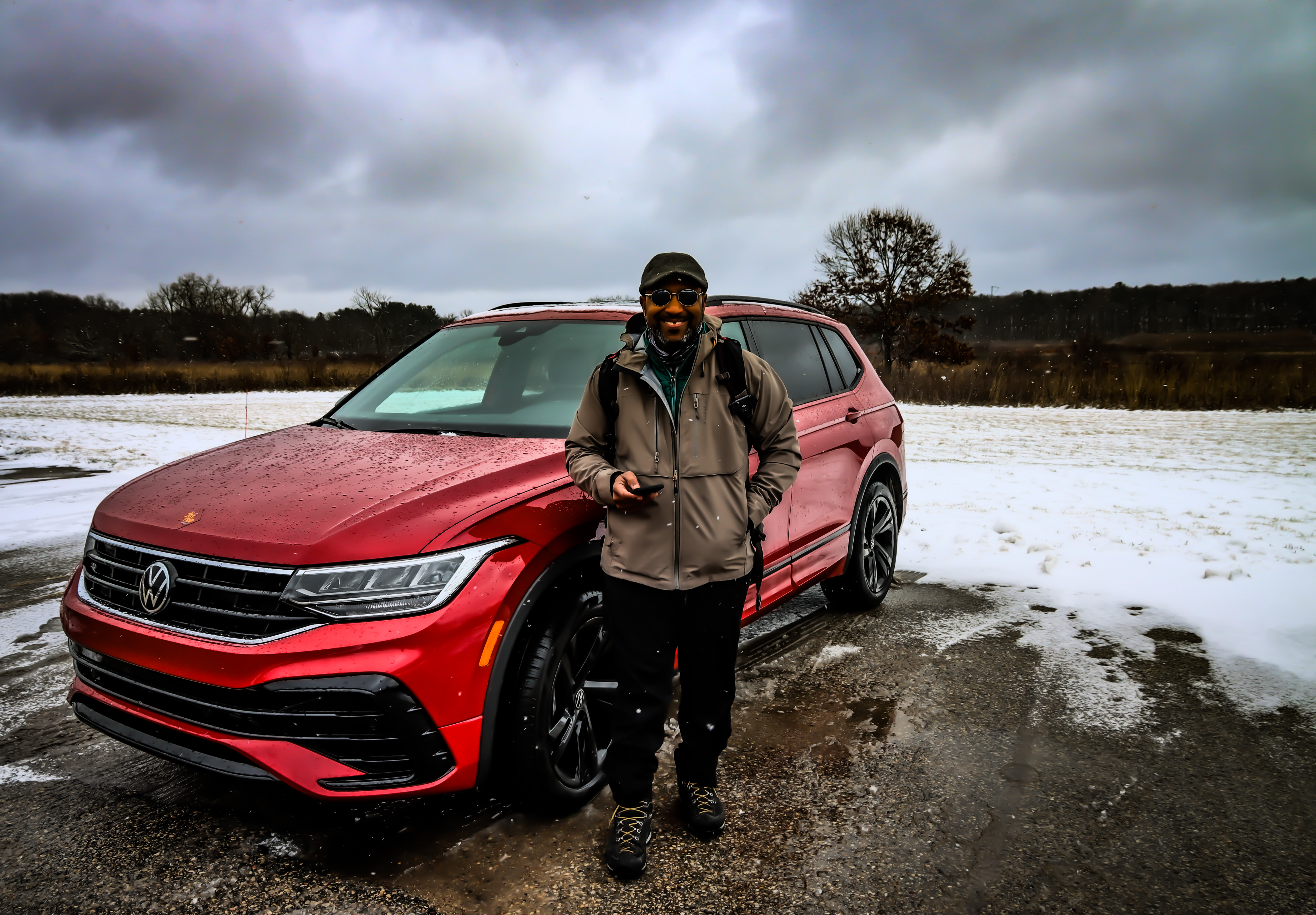

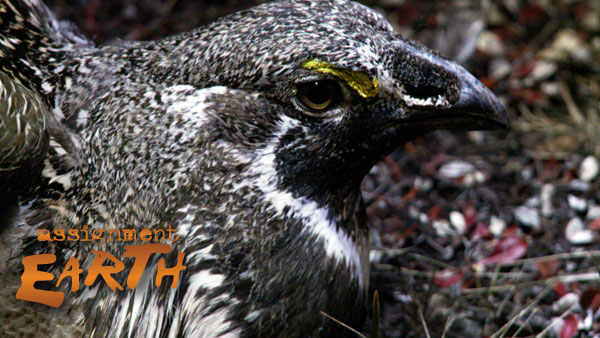
 People constantly ask me: "Do you ever run out of story ideas?" Actually I don't. There's always something to write about. The hard part is keeping it fresh and interesting. Typically I write about people I meet who do good in the world, selfless individuals who work tirelessly to improve the lives of those around them. Over the last few weeks in fact I've been inundated with dozens of amazing stories about people doing great things on behalf of the environment or for the benefit of others. The hard part as journalist is to pick the stories that are most engaging and compelling.
Unfortunately what happens is that when so many people are doing so much good the cynic in me becomes a bit jaded and I'm left to wonder which stories are truly worth exploring further, to write about and share with a broader audience. Even Everest climbers and ultra-distance runners raising money to cure cancer or end hunger are becoming cliché. We’ve been there, done that, another tired phrase. Suddenly I understand why the nightly news is always full of murder and mayhem. These are exciting isolated events that draw a person's interest because they're unusual. Deeds of common good are, well...boring.
People constantly ask me: "Do you ever run out of story ideas?" Actually I don't. There's always something to write about. The hard part is keeping it fresh and interesting. Typically I write about people I meet who do good in the world, selfless individuals who work tirelessly to improve the lives of those around them. Over the last few weeks in fact I've been inundated with dozens of amazing stories about people doing great things on behalf of the environment or for the benefit of others. The hard part as journalist is to pick the stories that are most engaging and compelling.
Unfortunately what happens is that when so many people are doing so much good the cynic in me becomes a bit jaded and I'm left to wonder which stories are truly worth exploring further, to write about and share with a broader audience. Even Everest climbers and ultra-distance runners raising money to cure cancer or end hunger are becoming cliché. We’ve been there, done that, another tired phrase. Suddenly I understand why the nightly news is always full of murder and mayhem. These are exciting isolated events that draw a person's interest because they're unusual. Deeds of common good are, well...boring.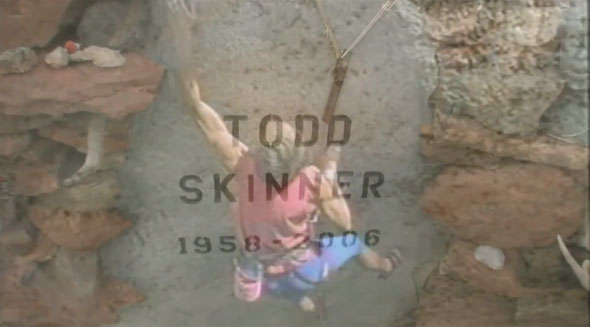
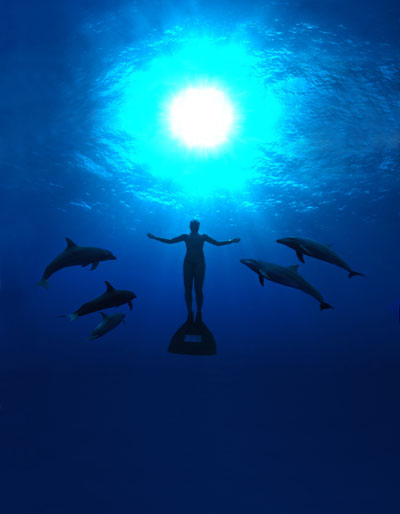 The truths discovered in documentary films often reveal far more than meet the eye. In his Oscar winning movie "
The truths discovered in documentary films often reveal far more than meet the eye. In his Oscar winning movie "

You must be logged in to post a comment.